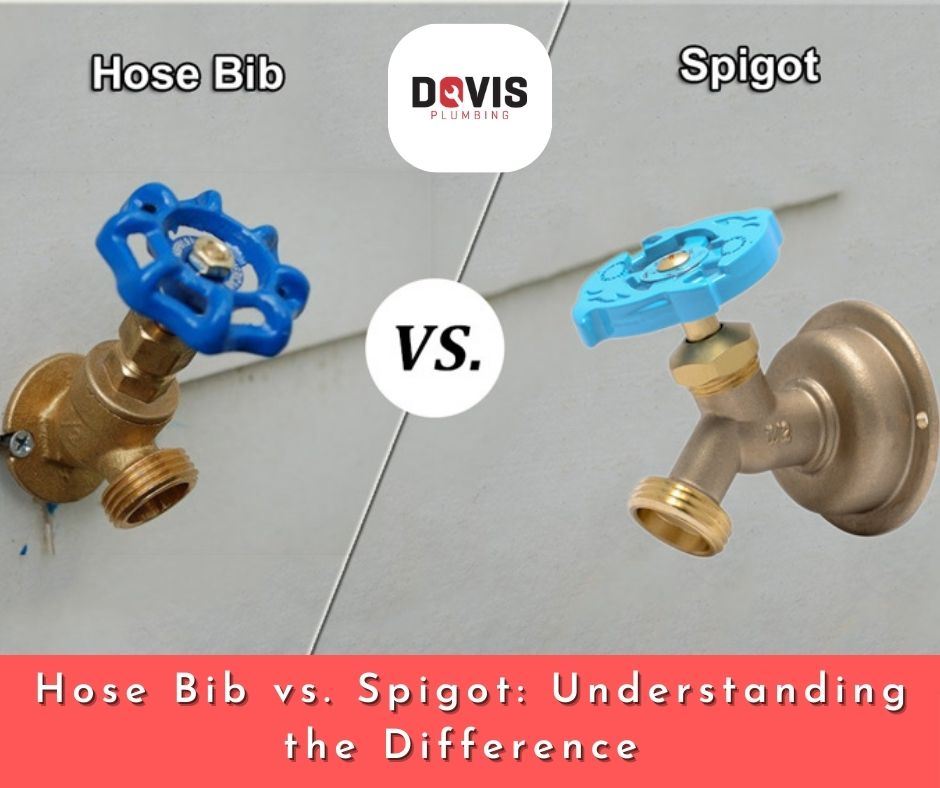Introduction
Outdoor faucets play a crucial role in providing water to various outdoor areas of your home in Cooper City, FL. Among the different types of outdoor faucets, hose bibs and spigots are commonly used, but are they the same thing? Let's delve into the differences between hose bibs and spigots and explore their functions, installation costs, and more.
Understanding Hose Bibs and Spigots
A hose bib, also known as an outdoor faucet, is a valve designed for connecting a garden hose. It's the faucet you see in your Homes backyard in Cooper City FL, equipped with fittings on the spout for attaching hoses. On the other hand, a spigot serves the same purpose as a hose bib but is often referred to by professionals in the plumbing industry.
Distinguishing Between Hose Bibs and Spigots
While your Homes hose bibs and spigots in Cooper City, FL are often used interchangeably, there's a slight difference in terminology. Hose bibs are small faucet connections mounted on the exterior wall of your home, allowing easy access to water outside. They may also be referred to as outdoor water faucets or spigots. The primary purpose of hose bibs is to provide water for outdoor activities, such as gardening or washing cars.
Functionality and Usage
Your Homes Hose bibs in Cooper City, FL are typically located on the front or back side of a house, facilitating easy access to water for various outdoor tasks. They are designed to prevent freezing in colder climates by positioning them inside the warm area of the house. Spigots, although serving the same purpose, are commonly discussed by plumbers or professionals in the field.
Size and Installation Costs
Your Homes Hose bibs and spigots in Cooper City, FL come in standard sizes of 1/2 inches and 3/4 inches, depending on the water flow required. The cost of installing an outdoor spigot ranges from $150 to $500 on average, with additional expenses for specific requirements or regulations in your area. Basic adjustments may cost as little as $100, while more complex installations, such as outdoor showers, can reach up to $1,000.
Code Requirements and Placement
According to the International Residential Code (IRC-R306.5), homes must have a minimum of two spigots—one on the front surface and one on the back wall—with available stop screws or valves. Proper placement of hose bibs ensures efficient water flow and accessibility for outdoor activities.
Protecting Against Freezing
To prevent freezing during winter months, it's essential to empty the spigot and shut off the nozzle supplying water to the bib. Allowing any frozen water in the pipelines to expand and maintaining a moderate flow from the faucet can help protect hose bibs and spigots from freezing.
Making the Right Choice
When selecting the ideal faucet for your home, consider factors such as quality, durability, and energy efficiency. Understanding the purpose and functionality of hose bibs and spigots can guide you in choosing the right faucet for your outdoor needs.
Hose Bib vs. Spigot: Quick Comparison Table

In conclusion, while hose bibs and spigots serve the same purpose of providing water outdoors, there are slight differences in terminology and usage. By understanding these differences and considering factors such as installation costs and code requirements, you can make an informed decision when selecting outdoor faucets for your home.






